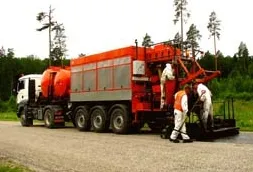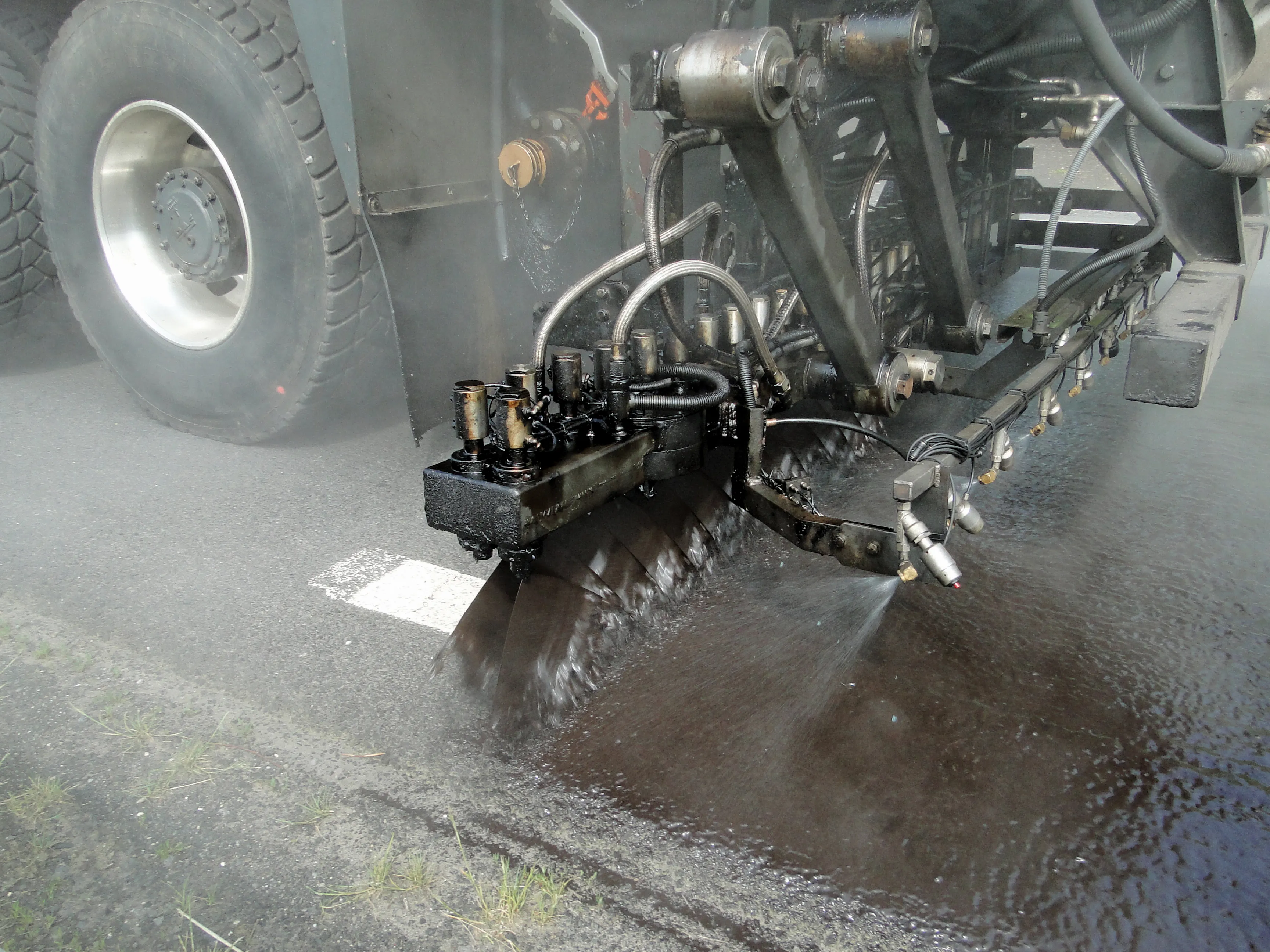Ultracrete Rhinophalt is a cold spray-applied road surface preservation system that ensures the bitumen’s essential oils are not broken down by UV light. This means that the integrity of surface aggregate is not lost, cracks are not formed, and therefore water cannot penetrate the surface leading to eventual pothole formation.
Now available through Instarmac’s Ultracrete brand following a strategic alliance with its manufacturers, ASI, Ultracrete Rhinophalt has been installed on many of the UK’s motorways
April 3, 2013
Read time: 2 mins
Ultracrete Rhinophalt is a cold spray-applied road surface preservation system that ensures the bitumen’s essential oils are not broken down by UV light.
This means that the integrity of surface aggregate is not lost, cracks are not formed, and therefore water cannot penetrate the surface leading to eventual pothole formation.Now available through








